Secret History of Maiden Tower!
Secret History of Maiden Tower!
With its rich history going back to the 4th century, the Maiden's Tower is one of Istanbul's most famous landmarks. An interesting story surrounds the tower, which is located on a small islet off Istanbul's Asian side.
Maiden Tower's Untold Story
The Maiden's Tower is located on a tiny island near the southern entrance of the Bosphorus, about 650 feet (200 meters) from the shore of Üsküdar. The precise date of construction of the tower is unknown, although the architectural style is associated with the 340 BCE period. As a result, the landmark used to be called Leandros and Damalis, named for the wife of King Kharis of Athens. "Arcla" means "small castle" in Byzantine.
To make room for the new building, the tower was demolished and rebuilt with a wooden structure in 1719. Architect Nevşehirli Damat Ibrahim Pasha reconstructed the original in stone, and subsequently added a glass kiosk and a lead-covered dome to complete the design. Rakim Efendi, a renowned calligraphy, wrote Sultan Mahmut II's signature on marble in 1857, and a lantern was erected by 1858, but it was replaced with an automated lighting system in 1920.
It was used as a tax collecting station, a military tower, and a lighthouse throughout the ages. He converted it into an isolation hospital and a radio station in 1830, when cholera was rife. Maritime Enterprises leased it from the Ministry of Defence in 1964, and the Ministry of Defence leased it back from them in 1984. It's now a tourist destination thanks to restorations, and the restaurant on the ground level serves traditional Turkish cuisine and has a great view. There's also a free museum.
The Maiden Tower Myth
There are a few stories associated with this renowned tower, in addition to its history. Leandros is said to have fallen in love with Hero, a nun who resided in the tower. To lead her beloved to the islet, Hero lit a fire every night before bed. Leandros, on the other hand, drowned in the Bosphorus when a storm extinguished the fire. Hero's sorrow and loss were so overwhelming that she committed herself.
A soothsayer informed the monarch that his daughter would die from a snakebite, according to another legend. However, a snake hidden in a fruit basket made it onto the islet and bit the princess to death.
Lastly, the Battalgazi mythology tells about a guy named Battalgazi who fell in love with the tekfur's daughter (Christian ruler). To prevent their union, Tekfur confined his daughter to a tower, where Battalgazi invaded the island and kidnapped his beloved, riding off into the sunset with her. This tale is believed to be the source of the proverb, "He who takes the horse, crosses Uskudar," which implies that those who act quickly and decisively will achieve their objectives more quickly.
Don’t forget to visit this historical place located in Beyoglu, close to other amazing Istanbul attractions as well!





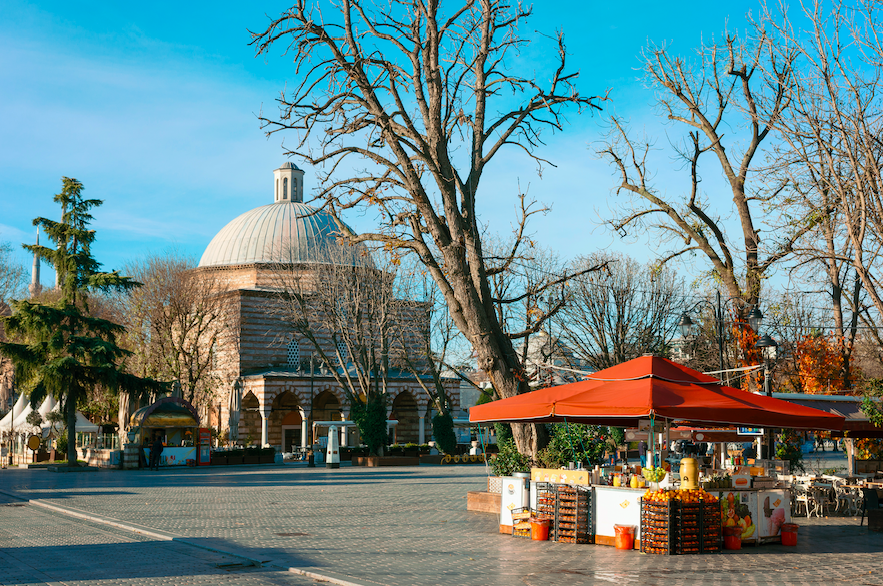
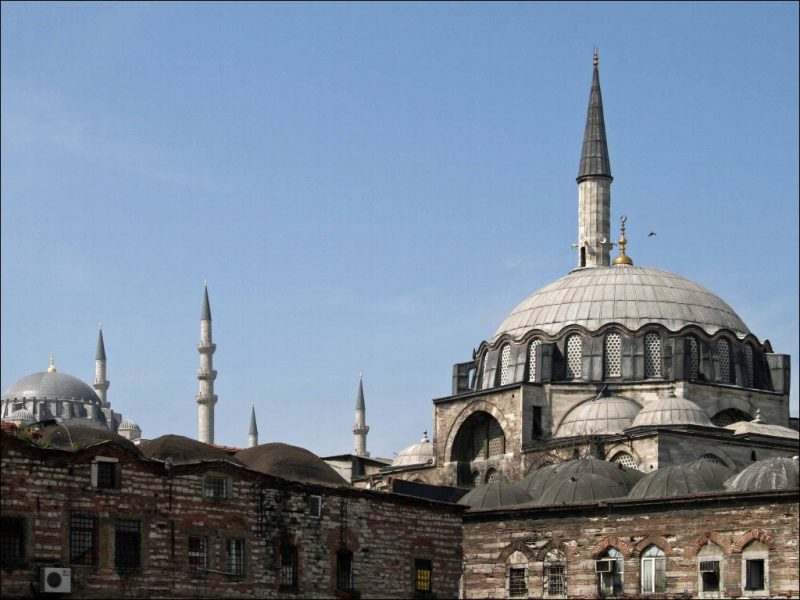


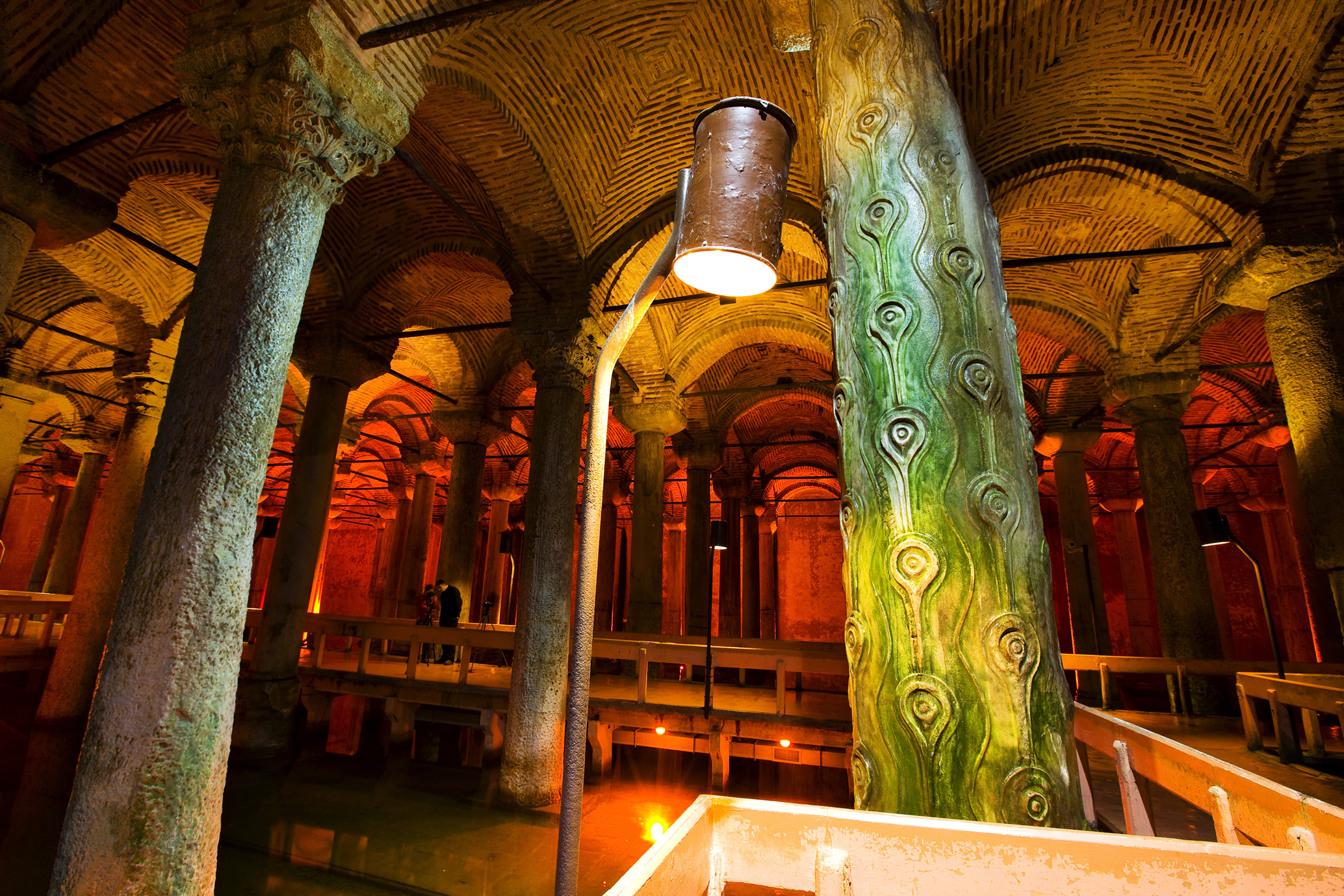
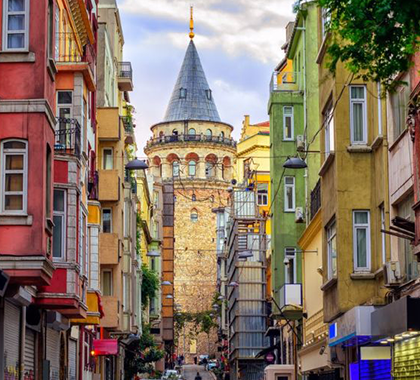
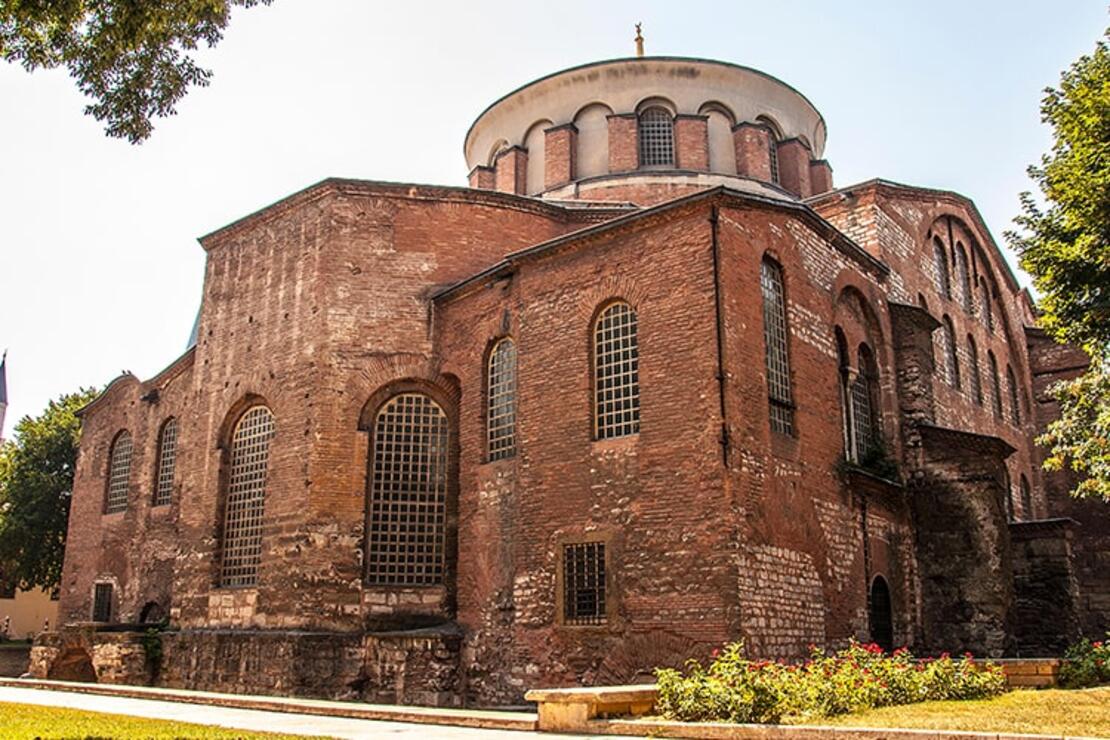
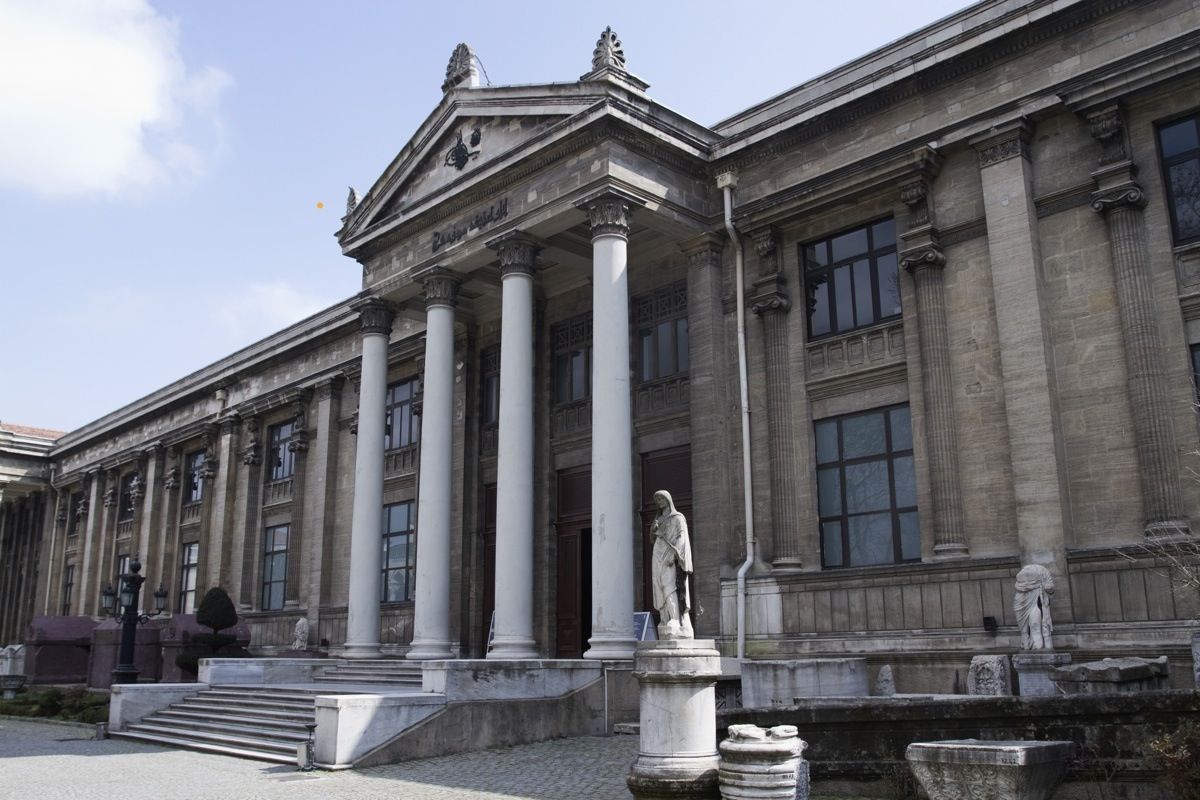
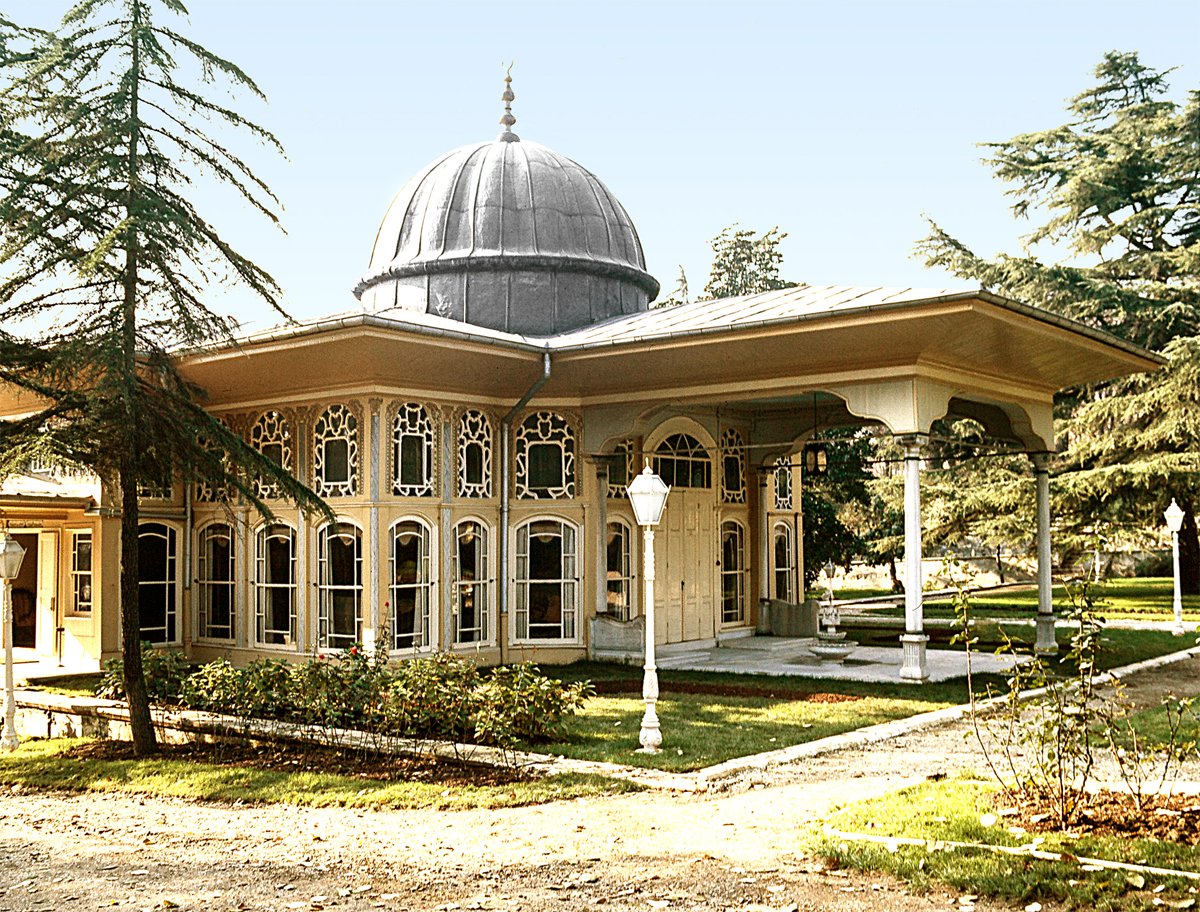

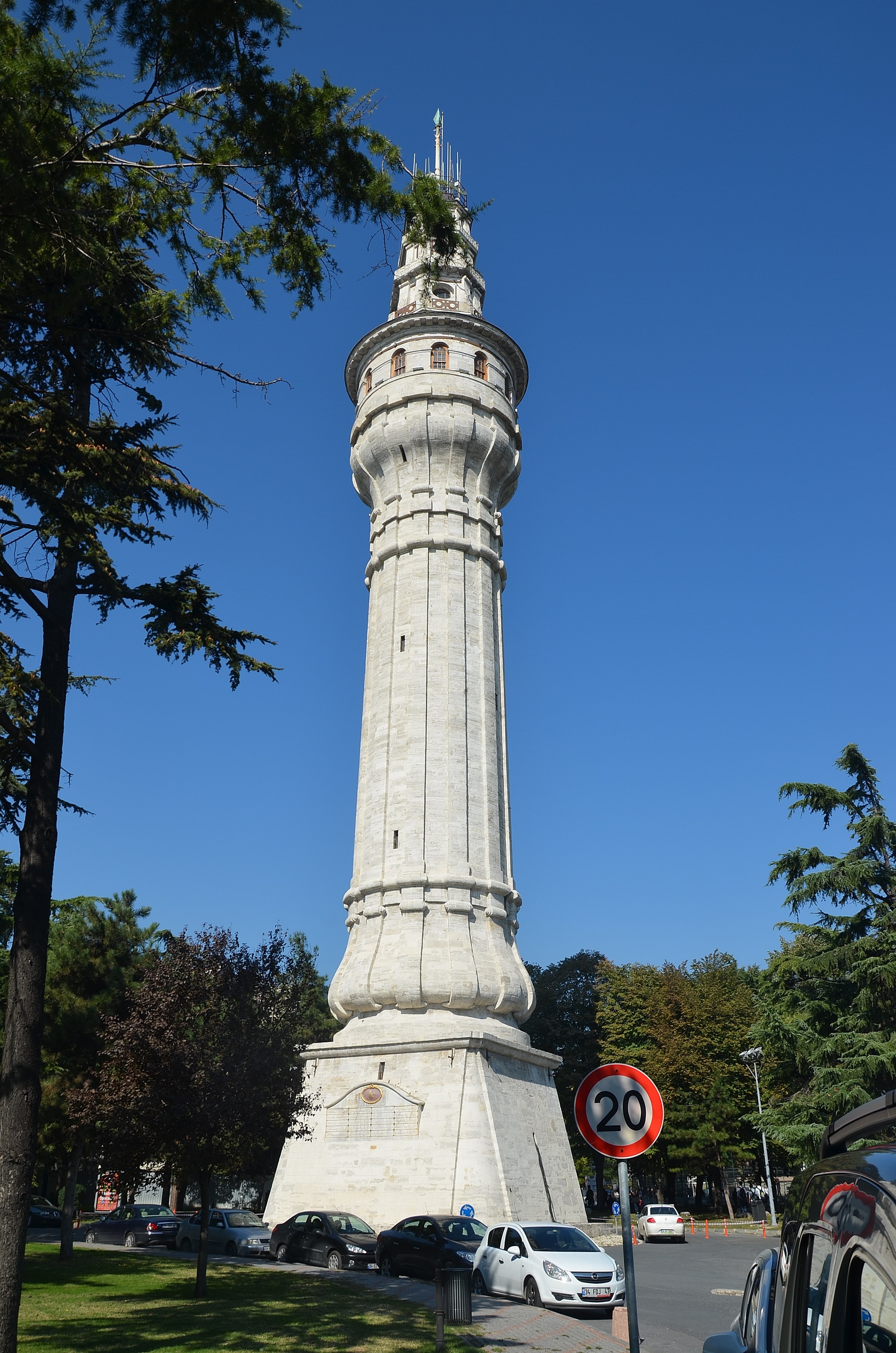
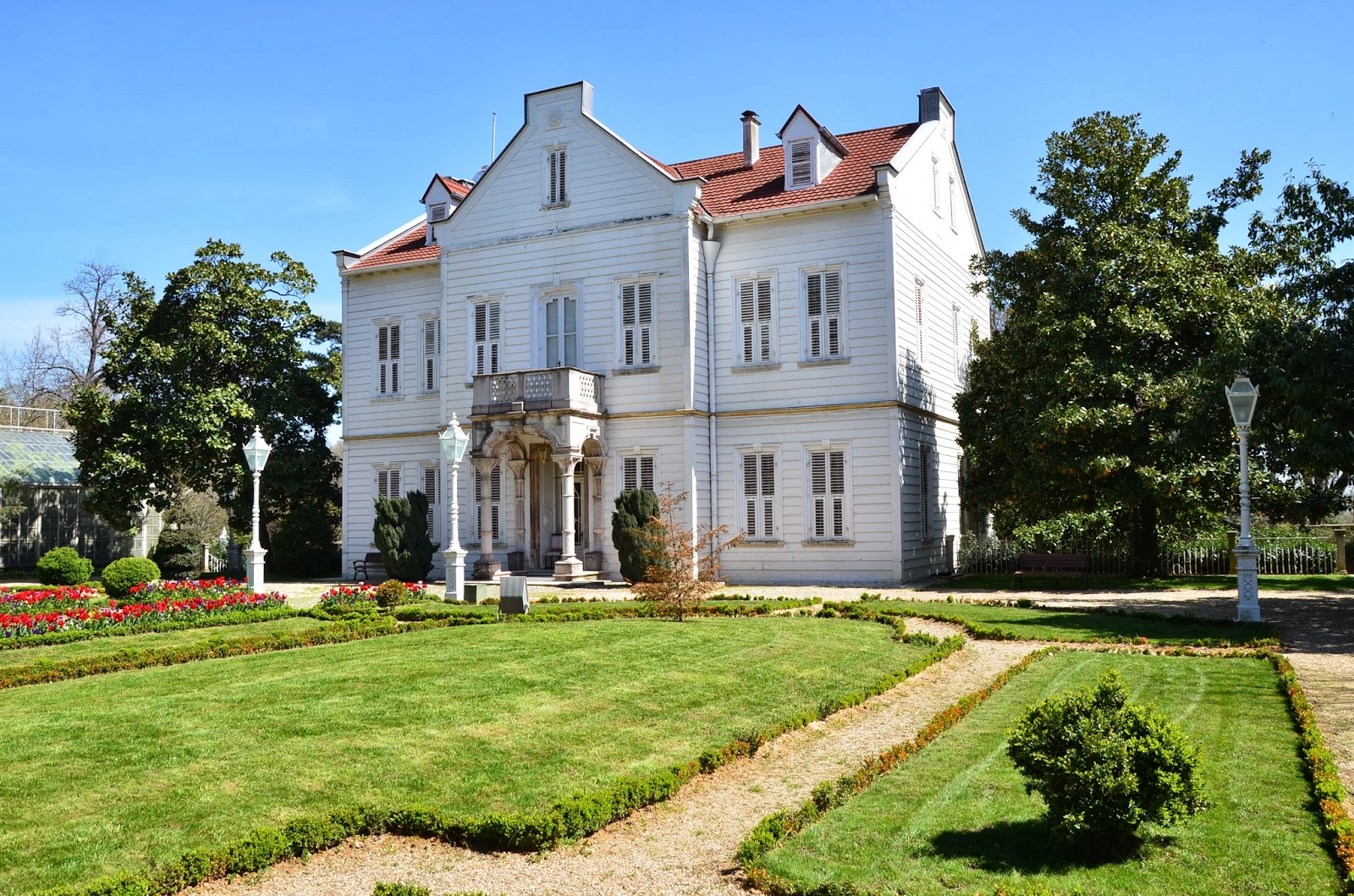
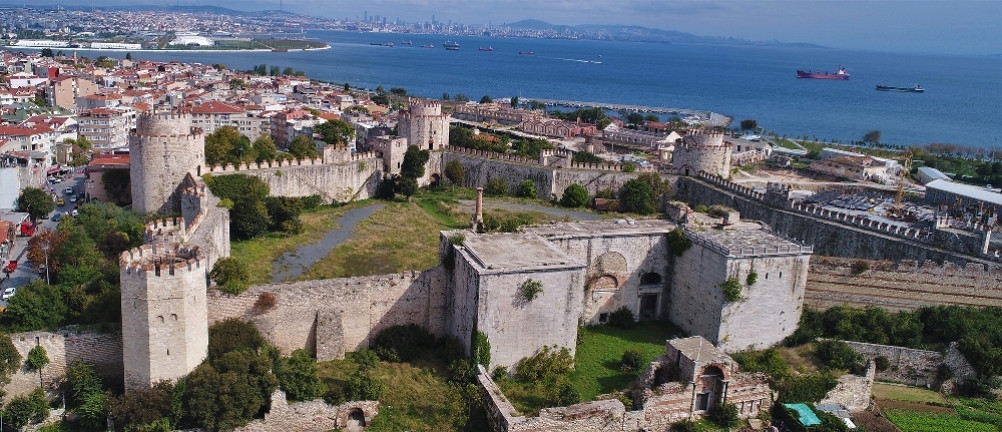









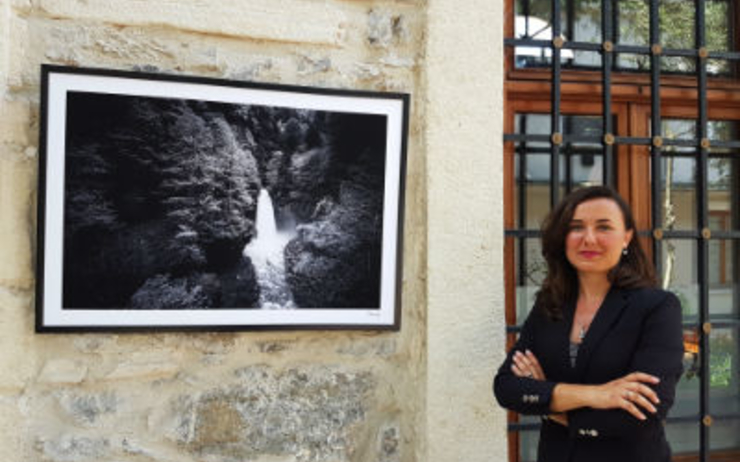
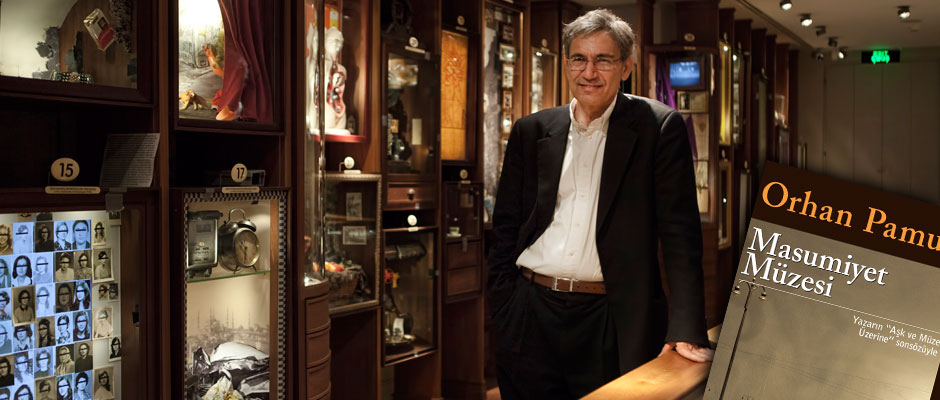




More posts by Gokce Nacar